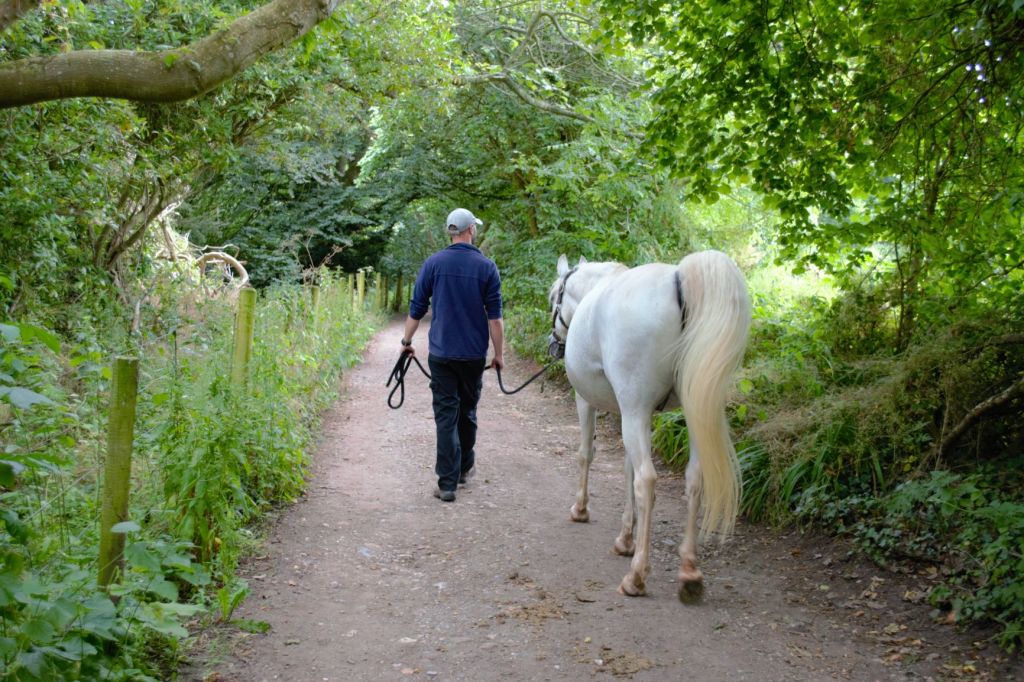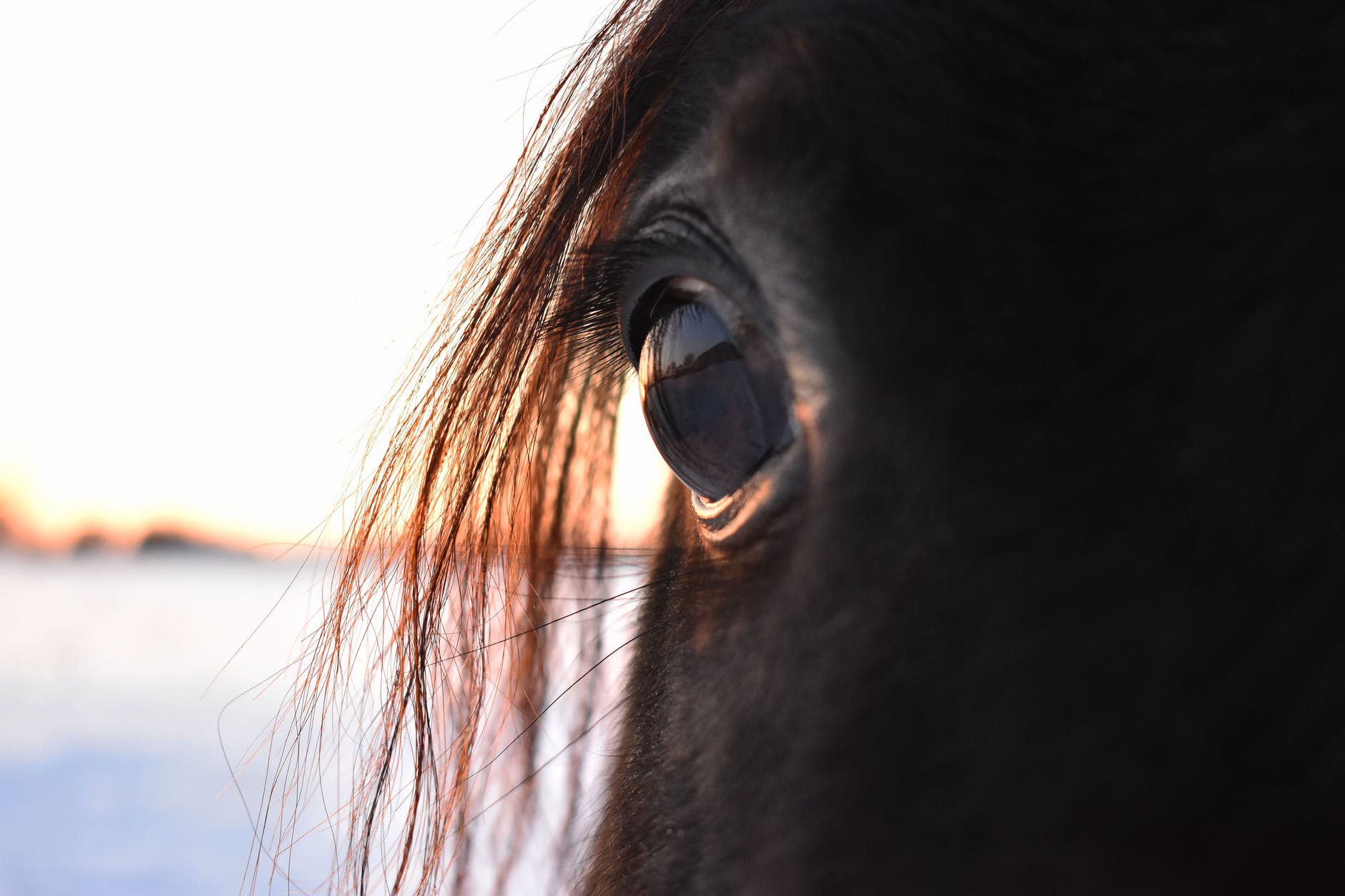
Around ten years ago, I applied for a job. It was the ‘perfect’ part-time teaching post in a subject I loved at a secondary school with an outstanding reputation. As I prepared for the interview and sample lesson, I felt nervous anticipation as usual, but also a strong conviction that the job was already mine. I prepared a Year Nine lesson I had delivered dozens of times, tweaking it only slightly, knowing it would meet with approval and secure me the ‘perfect post.’ Of course, I failed to gain the job.
Never in my teaching career have I been so disappointed. I took the devastating news on my mobile in the field where I gone to check on the horses. The Deputy Head was apologetic as he delivered the blow; he knew how much I had wanted the job. I was clearly keen and capable, but in the end they had decided the other candidate was a ‘better fit.’
Not only did I want the job, I also needed the job, and time was not on my side. Crumpling at the thought of another round of preparation and rejection, I put my head in my hands and sobbed…and sobbed, and then just when I thought I couldn’t cry any more, I felt a presence. Drawn by my distress, Sheranni stood softly behind me and as I sobbed some more, he gently nuzzled the back of my neck. After another round of crying, I emerged from my storm of tears to see my horse looking at me with what seemed to be surprise. Teaching toughens you professionally and I was used to robust criticism and strict standards. Not getting a part-time post was nothing to cry about; his expression suggested that something else was going on under the surface.
In the days that followed as I reflected on the process, I realised I had projected so much onto this particular perfect combination of hours and distance, that I had failed to overlook the most important fact: I didn’t really want the job. Acknowledging my own contribution in my failure was still painful, but useful. It allowed me to examine why I had sabotaged my own efforts by not preparing properly and by not facing up to what I really needed to do.
A decade later, I’m still living with the consequences of that profound disappointment. The insights I gained that day in the field with Sheranni, started something: what I now see as a honest inventory of my career decisions and my dream of working with horses. In that watery moment of grief, the two came together and found me at my most undefended. Recognising that I needed to move in another direction, one where there was no map and no career guidance, I stopped looking for ‘perfect jobs’ and found I was offered two teaching posts that greatly facilitated my fledging career as a social entrepreneur. Along the way extraordinary connections were made – most importantly meeting Jo one New Year, and seeing with relief that she could ride a very sensitive Arabian – and other doors opened as people stepped forward with support that seemed miraculous at the time.
Looking back over the year, I see traces of that old disappointment glinting like shards of glass and still influencing my decisions: in not giving up on a grant application, which was turned down twice on a technicality; in working long hours knowing that I have never felt such profound job satisfaction; in knowing that whatever happens I’m surrounded by an incredible committed and talented team whom I love more each year; in knowing that every day I will face challenges that will strengthen me and, in spite of my fear and doubt, will show me the way forward to work with creativity and joy. I see how my disappointment seeded my purpose, and how I might so easily have missed the opportunity of a lifetime.




